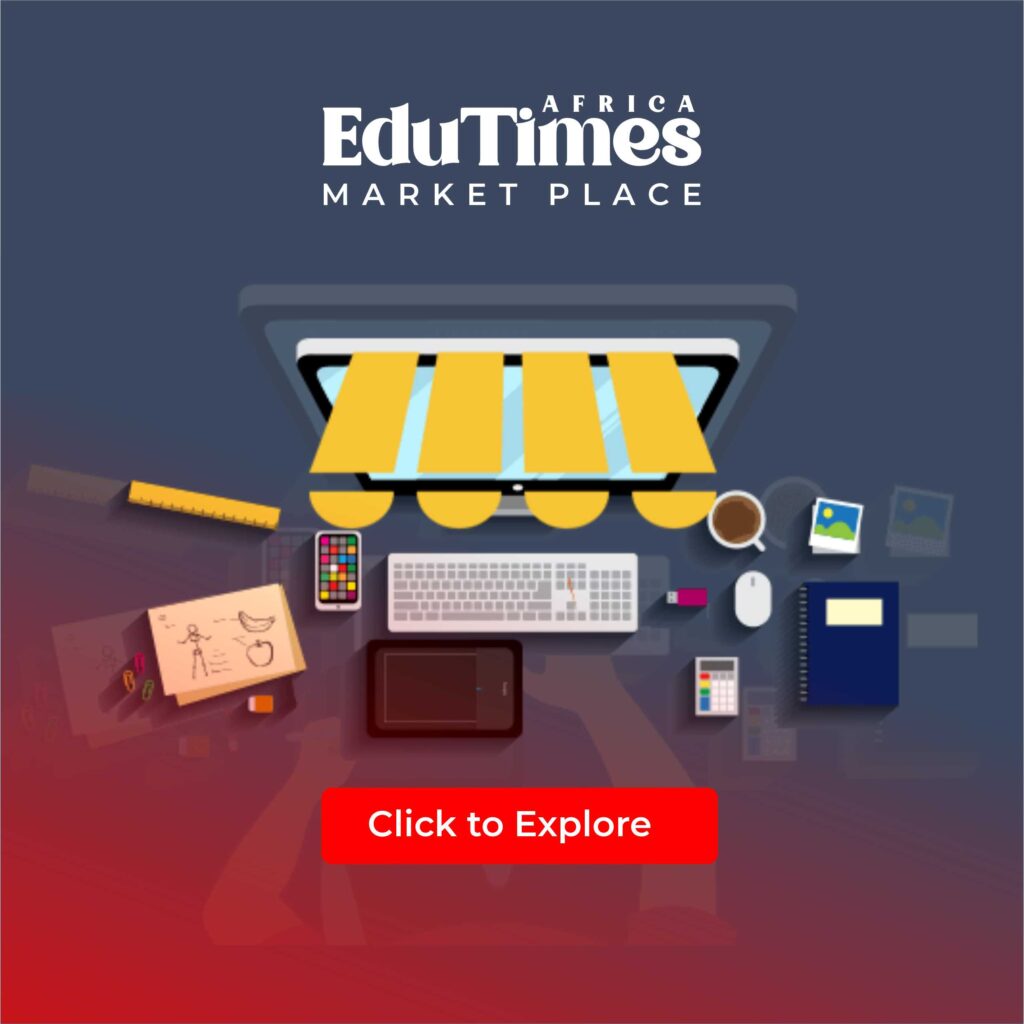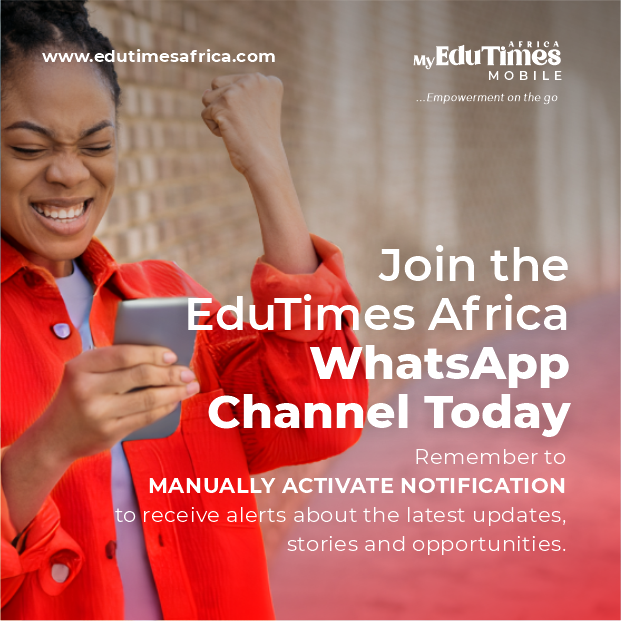As college prep season starts, some high schoolers — or their parents — are probably thinking about hiring private tutors to help boost their SAT scores.
Tutoring can help improve SAT scores by roughly 37 points, which can make a difference on college applications, research shows. But a lot of students and their families lack the money to pay for that sort of outside help.
Phil Cutler wants to help solve that problem. The 34-year-old is the CEO and founder of Paper, a Montreal-based virtual learning platform he launched in 2014 to try making private tutoring more financially accessible. Today, it’s valued at $1.5 billion after raising more than $390 million from investors like Google and Softbank, according to the company.
“I was never thinking of building a huge business,” Cutler tells CNBC Make It. “My idea was, let’s solve this problem for the students at the school that I was affiliated with [and] try to level the playing field for all of them.”
In the 400-plus school districts across North America using Paper’s platform, more than 3,000 tutors offer personalized tutoring to students for all course types and all grade levels. The service is available 24/7, at no cost to the children or their families — because Paper gets paid by the school districts, not the students.
How Paper went from idea to reality
The idea came to Cutler as an undergrad. While majoring in elementary education at McGill University, he tutored local students and substitute taught in Montreal schools. He quickly learned that wealthier students often performed better in school, even before they hired private tutors.
“I started to recognize while I was in the classroom that it was the other 80% to 90% of students that really needed extra support,” Cutler says. “They were the ones who couldn’t afford the $50 an hour, and could really benefit the most from getting that extra help.”
After graduating college in 2013, Cutler recruited his friend, Roberto Cipriani — now Paper’s chief technology officer and co-founder — to help him figure out how to build a “highly scalable” tutoring platform. A spot in Real Ventures’ FounderFuel startup incubator led them to $1.6 million in seed funding three years later.
In 2018, they landed their first partnerships with public schools, starting in Southern California’s Laguna Beach Unified School District and expanding to nearby Irvine, California.
Then came the Covid-19 pandemic.
Dealing with a shift to virtual learning
Schools across the continent shut down, forcing districts to rapidly adopt virtual learning. Government stimulus funds helped nearly every student in the U.S. access at least one device usable for remote learning purposes.
The sudden switch from classrooms to remote schooling also caused significant setbacks for a large chunk of students who struggled with the new format, hitting students in low-income communities especially hard.
Paper was well-positioned to help: “High intensity” tutoring is one of the most effective ways those kids can catch up, a 2020 study from consultants at McKinsey & Company noted. Over the last five years, the startup has made some of its biggest strides in “large, urban districts,” Cutler says.
It has similarly grown, he adds, in districts with up to 98% of students receiving free or reduced-price school lunch — often considered a metric for poverty because it’s a reflection of students’ household incomes.
“We’re seeing some of our highest usage from those communities, which is really powerful when you’re able to see that,” Cutler says.
Paper’s future ‘path to profitability’
Unsurprisingly, Cutler wants Paper to eventually partner with every public school in North America — a huge challenge, as the Department of Education cites more than 18,000 public school districts in the U.S. alone.
Plus, even as the company grows, it’s certain to run into school districts that choose to steer their budgets elsewhere or aren’t well-funded enough to even consider working with Paper. The startup’s median cost for schools is $40 per student, according to a recent analysis by nonprofit news site Chalkbeat.
Cutler calls the pricing a “healthy” balance of cost and value for school districts, noting that it also represents a “path to profitability” for Paper once the company starts spending less on infrastructure and growth.
“Ultimately, the biggest hurdle, when it comes to any of these things, is awareness,” he says. “If students don’t know it exists — the district buys it, and it sits on a shelf — it’s not good for us, it’s not good for them. So building that awareness is the number one most critical thing.”
_____________________________
STORY: www.cnbc.com | BY Tom Huddleston Jr.




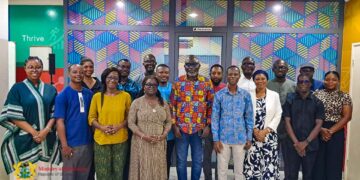
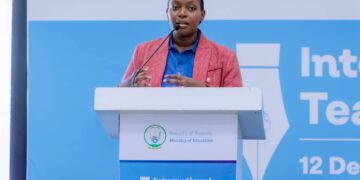



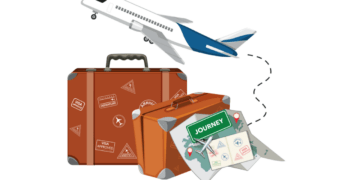

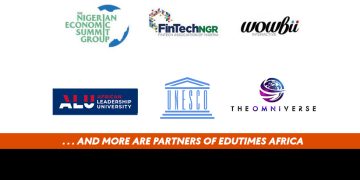
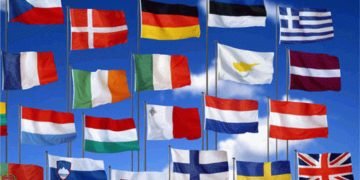










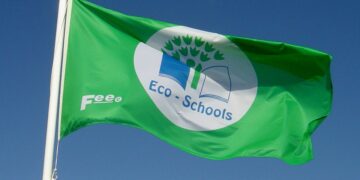



























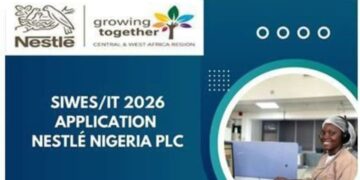

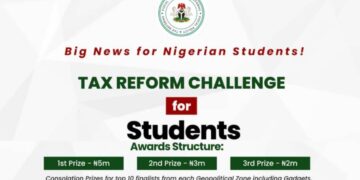
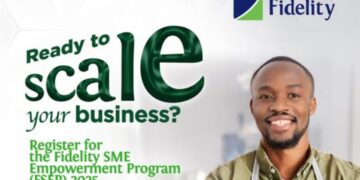


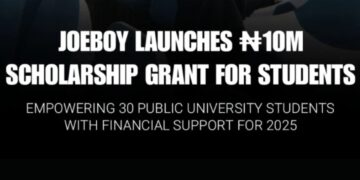
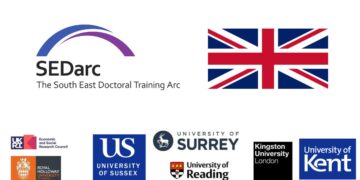
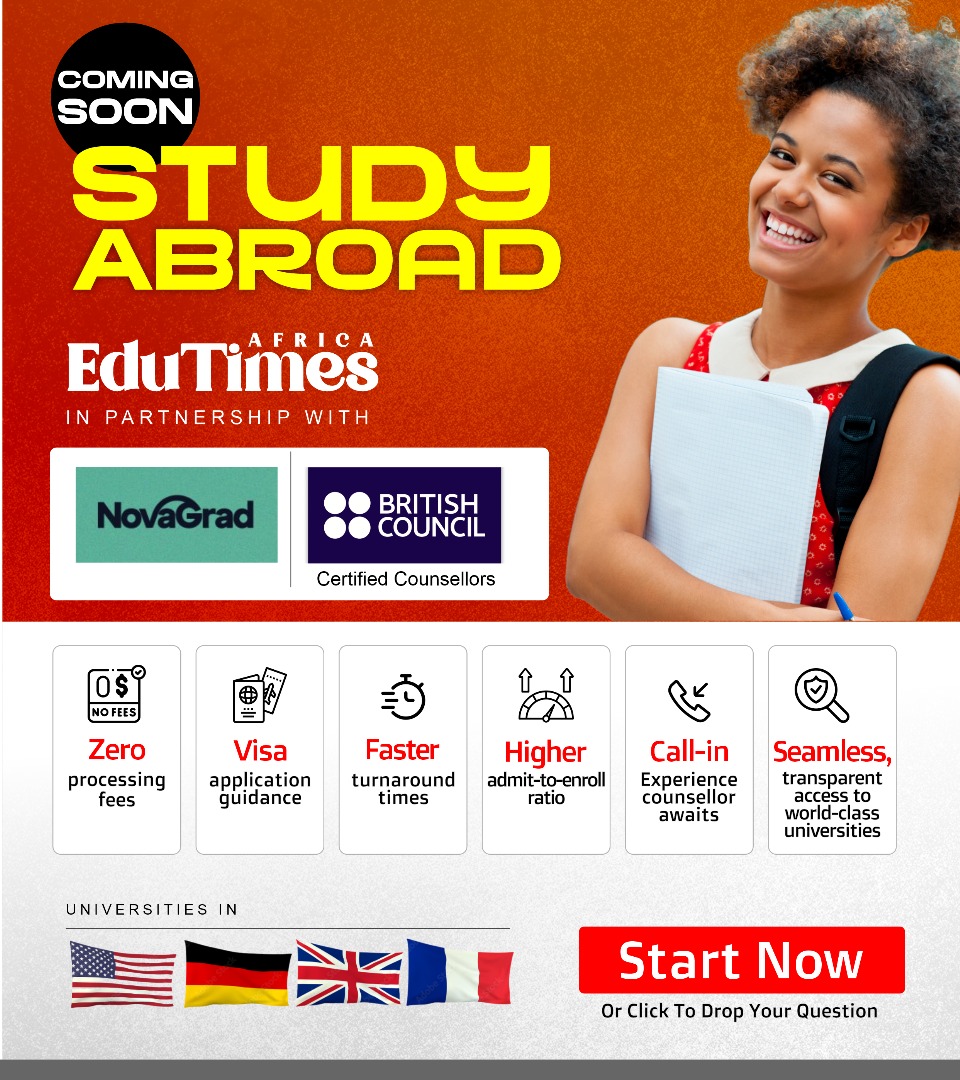
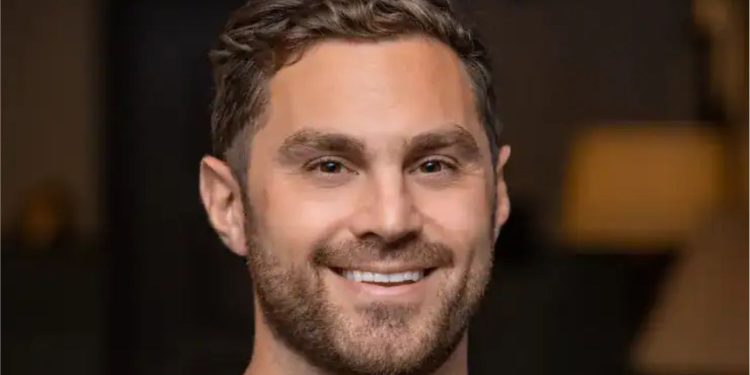
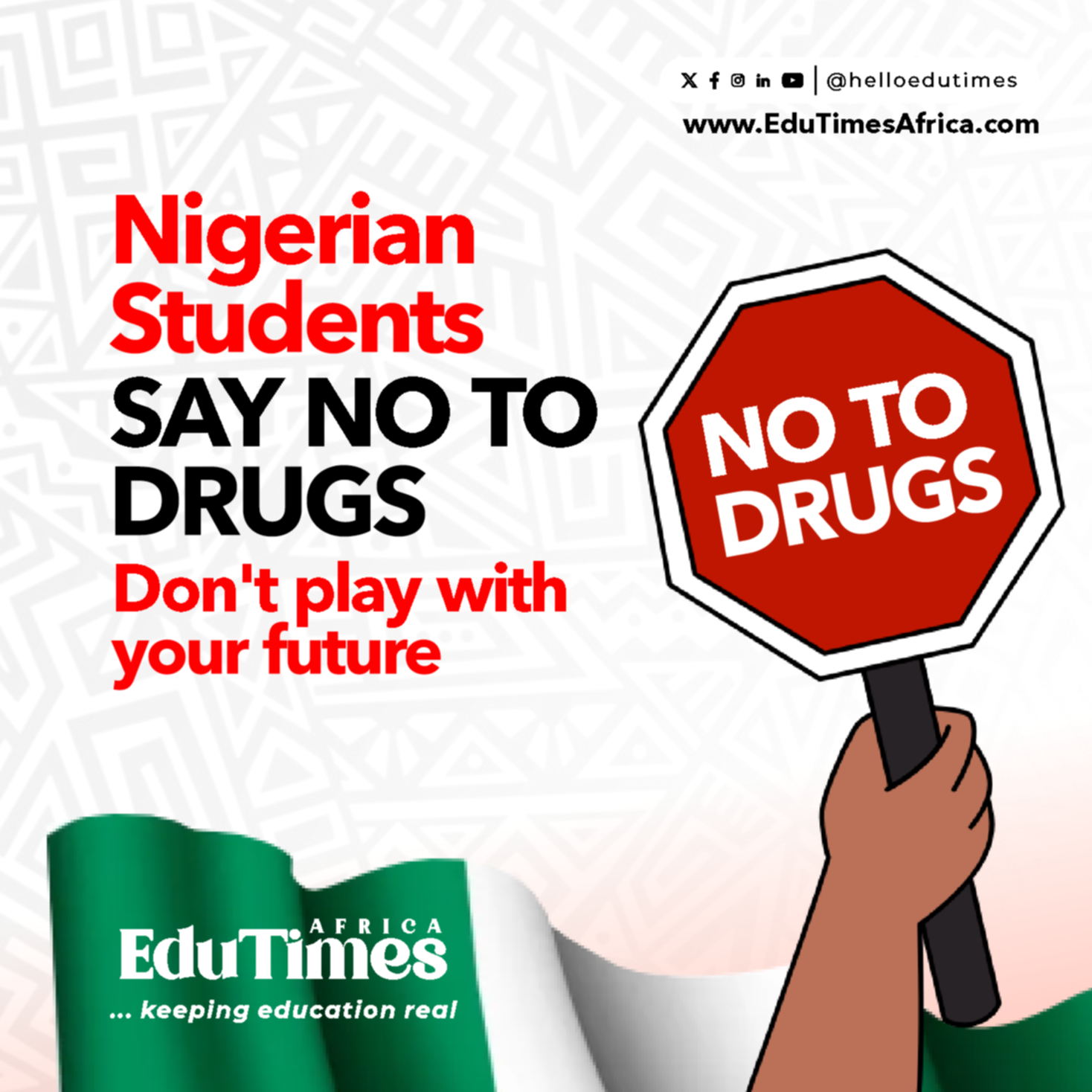






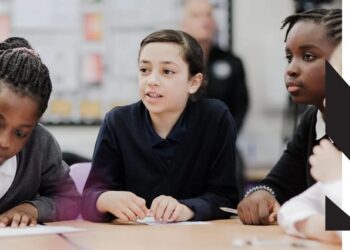










 EduTimes Africa, a product of Education Times Africa, is a magazine publication that aims to lend its support to close the yawning gap in Africa's educational development.
EduTimes Africa, a product of Education Times Africa, is a magazine publication that aims to lend its support to close the yawning gap in Africa's educational development.
